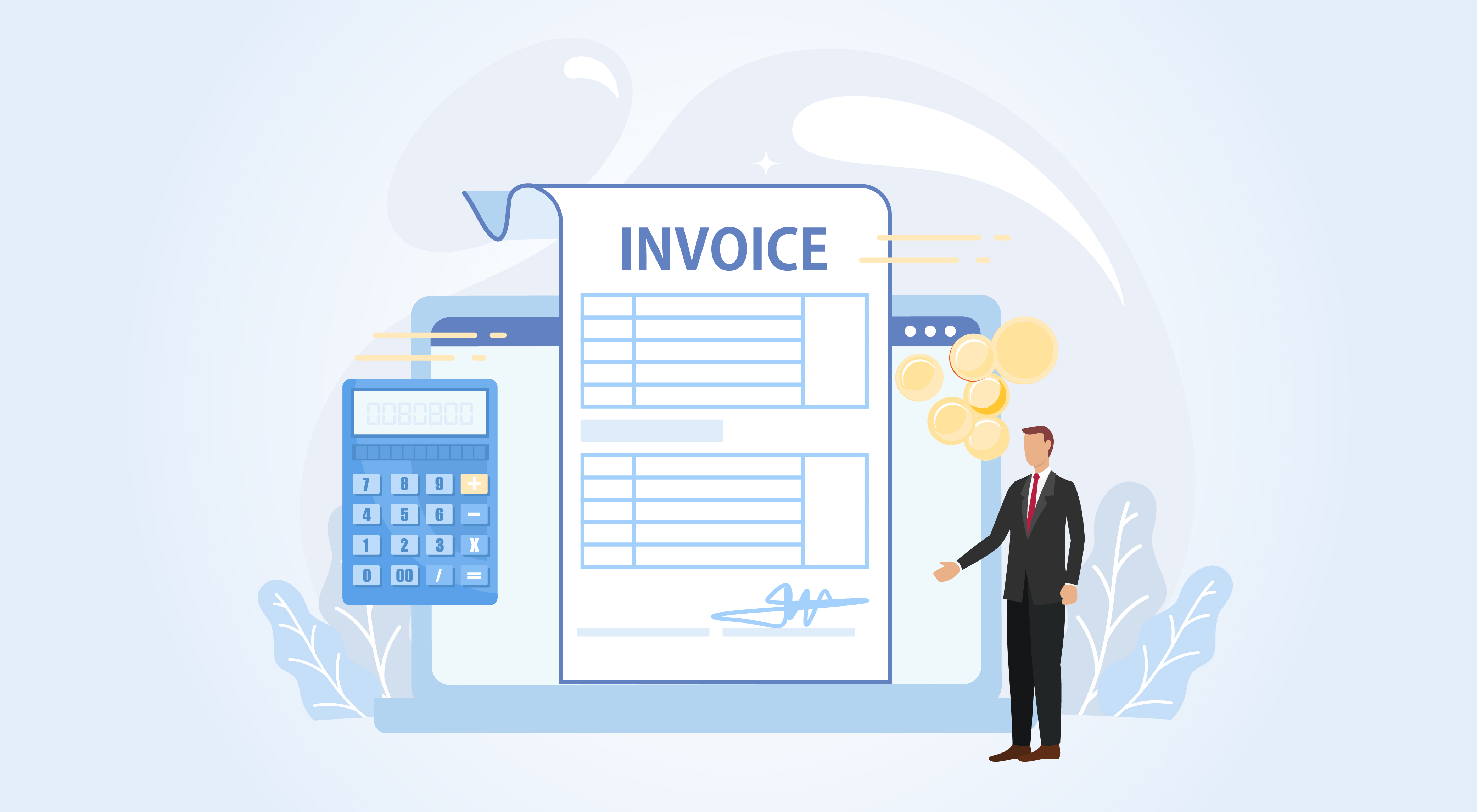Financial statements are essential documents submitted by a company to its shareholders, investors, owners, financial institutions and authorities. Vital business decisions are made based on the information conveyed by these financial statements. So, the information in the statement must be very clearly and unambiguously presented and understood. Financial statement notes are the footnotes to the statement that elaborate necessary details about the statement that help in better understanding them. These explanatory notes to financial statements tell the reader important facts about the preparation and methodology used in the statements. It is essential to read the financial notes to understand what the financial statements are trying to convey.
|
What is Accounting? Why it is Important and How Works with Examples |
What are financial statement notes?
Financial statement notes are footnotes to the financial statements of the company. They list the assumptions, methodology, and policies used to prepare the financial statements. Though most companies prepare their financial statements following the generally accepted accounting norms, there will always be certain aspects that are unique to a company. It is essential for investors, analysts and others to properly understand the information. Reading the financial statement notes gives you the background information required for an accurate understanding and interpretation of the accounting notes.
Auditors also study the financial notes attached to the financial statements to understand if the accountants who prepared them have used the right accounting principles. Since notes also disclose assumptions that have been made during preparation, they can reveal any ambiguities in the statement preparation. We understand the importance of notes to accounts in the next section.
Common notes to the financial statements
Accountants can add different kinds of footnotes to their statements. But, some notes to financial statements are frequently used
Basis of presentation
This is the introductory footnote that explains the general accounting policies that have been used. If the statement has been translated from another language or uses a regional variation of the general accounting methods, it will be mentioned here. Some companies also give a very brief description of their business here.
Accounting policies
This is the explicit statement of the accounting policies used to prepare the statement. For example, this section may state that the statements use accrual accounting methods. If there are different acceptable methods or formulae used to calculate a certain aspect, the specific method used is stated here. This could include the inventory valuation method, depreciation method and other significant policies that could make a difference to the report.
Depreciation of assets
Depreciation of assets is an essential entry in financial reports. This is the loss in value of an asset over time due to wear and tear. There are multiple methods by which depreciation can be calculated, and the method used for each statement will be listed here. The depreciation value could cause a difference in the net income values on the income statement and the balance sheet. This section will explain how the calculations were arrived at.
Valuation of inventory
Multiple methods could be used to value inventory. Sometimes, the method used could significantly change the values of the financial statements. If different valuation methods have been used in different periods, comparing their values would not make sense unless the valuation method is explained. The valuation of inventory section will tell the reader how the inventory value is stated and which method was used to value it. The generally accepted method is to state inventory lower of cost or market (LCM), the inventory at the lowest replacement cost. This can be the wholesale cost of inventory or the inventory cost in the market. The three accepted valuation methods are; weighted average, specific identification, and the first-in, first-out (FIFO) method.
Subsequent events
Sometimes, there is a time-lapse in the balance sheet date and the release or publication of the financial statements. Any significant events that occur in the time frame will be detailed in this section of the notes to financial statements. These events could be:
Additional information: An event that gives additional information about the conditions in existence on the balance sheet date, such as information that could change the estimates used to prepare the financial statements, is listed here. Accounting principles require that any effects of subsequent events that give information about the conditions in existence on the balance sheet date must be reported in the notes to financial statements.
New events: This could be information about a significant event that did not exist on the balance sheet date, but that is of note. New events must be disclosed but do not reflect on the financial statements.
Intangible assets
Intangible assets are valued and included on the balance sheet. In this section, the company will list details of the intangible assets such as trademarks and patents and how they have been valued for reporting on the financial statements.
Consolidation of financial statements
When a company has subsidiaries, all its statements will be consolidated and presented as a whole on the company’s statements. This section confirms that the subsidiaries’ statements have been consolidated to create the report. If there are any differences from the subsidiaries' reports, they will be explained here.
Employee benefits
Companies provide benefits to their employees such as health insurance, health savings accounts, retirement plans and other options. These benefits, such as health and welfare plans, are listed in this section of accounting notes. It will also list the liabilities for the employees' retirement plans and pain and unpaid expenses for employees.
Contingent liability
If the company has a liability that may occur based on the outcome of a future event, it is described here. This could be a dispute or lawsuit that could impact the finances if the outcome is adverse. In this section, the company discloses such contingent liabilities.
Summary
The accounting notes of a financial statement give you essential information that helps you better understand and interpret the statements. Any important information that is not a part of the statements but that can impact them is listed in the footnotes. So, the next time you read the financial statements, make sure to read the footnotes so that you do not miss anything important.
Explore more Products
Inventory Management Software, Accounting Software, ERP Software, VAT Software
Learn more
How to Choose a Business Management Software in Saudi Arabia?, How Does Payroll Management Work in Oman?, How to Choose the Best Free Zone for Your Business in UAE?, Checklist to Register for Trademark in the UAE, Advantages of Renting an Office Space in Dubai, How Expo 2020 will impact the economy of UAE?









